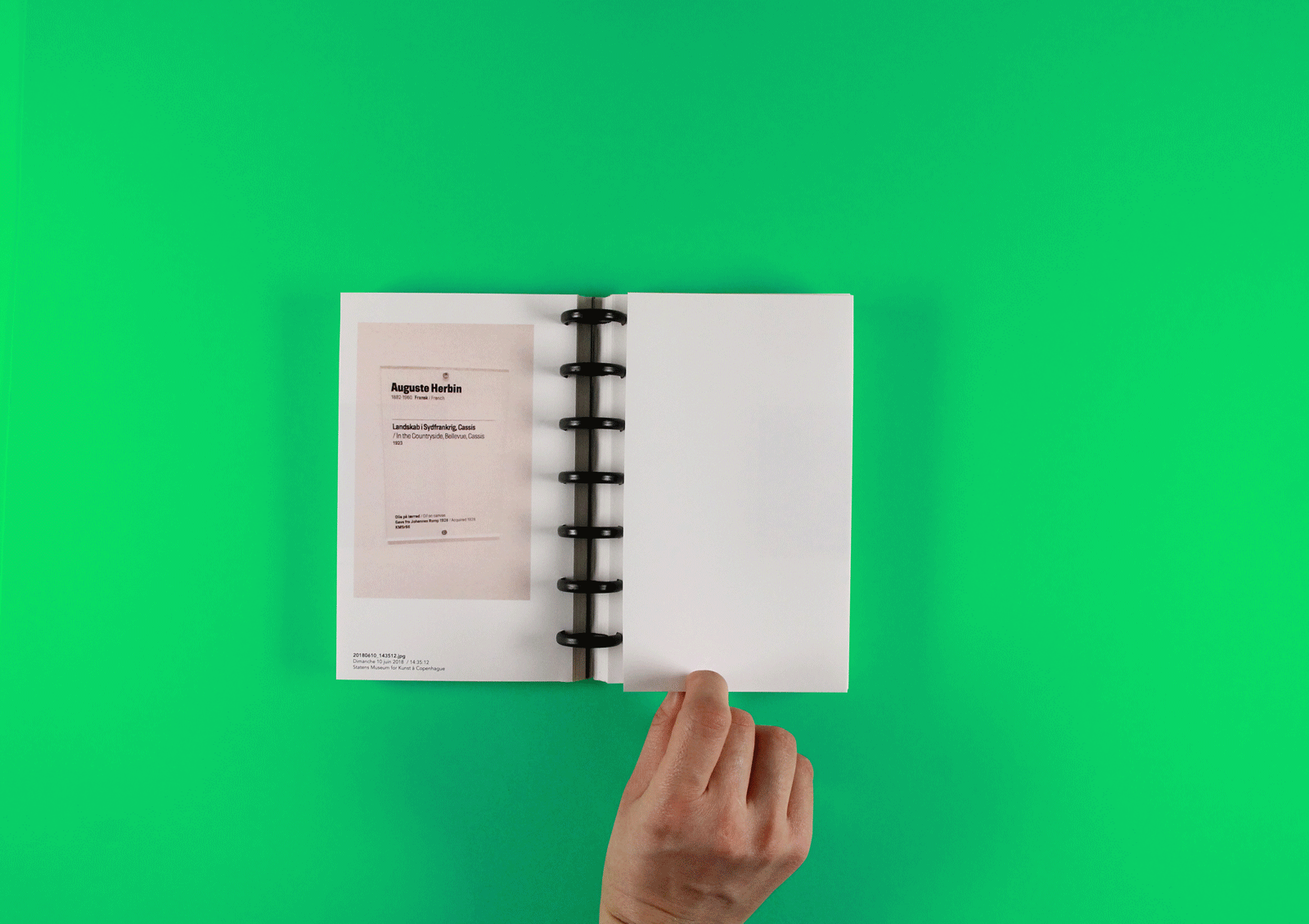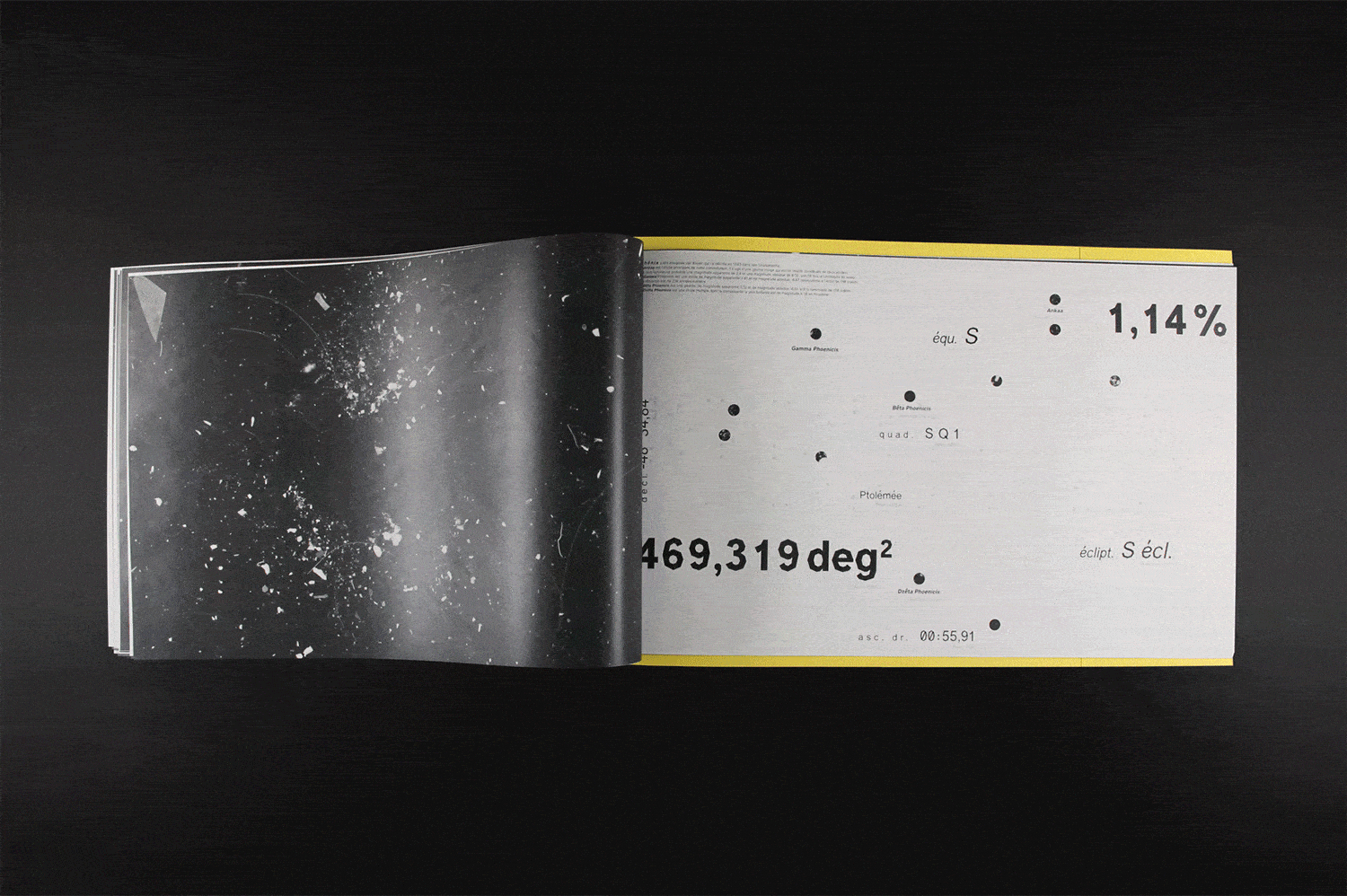. collaborative publication from a workshop
. mirror effect cover
. 16 x 30cm
. 58 pages
. 3 copies
“The content of this book was written during a research workshop on publishing using network, which took place on the 7th of october 2019 at ArtEZ in Arnhem. This book is a double collaboration, first between us, Nai-Syuan Ye and Lucie Henriot who are two students from the Graphic Design department. But it’s also a collaboration with a network of volunteer students and teachers who answered present at the workshop.
Nowadays, the internet and its networks are everywhere and they influence the whole of our daily environment. Now you can chat with your banker on your phone or exchange and sold your items through several facebook groups. Thus, the publishing area too, is not an exception and on the contrary sees emerge new models.
That’s what Alexandro Ludovico tried to demonstrate in Post-Digital Print, The mutation of Publishing since 1984, published in 2012. He is an italian researcher, artist and also the chief editor of Neural Magazine since 1993. The reading of this text, and more specifically the last chapter called “The network: transforming culture, transforming publishing” was a starting point for us.” Extract from the Preface of the book. This book is available in ArtEZ’s library.
To see the google document made during the workshop, click here.











